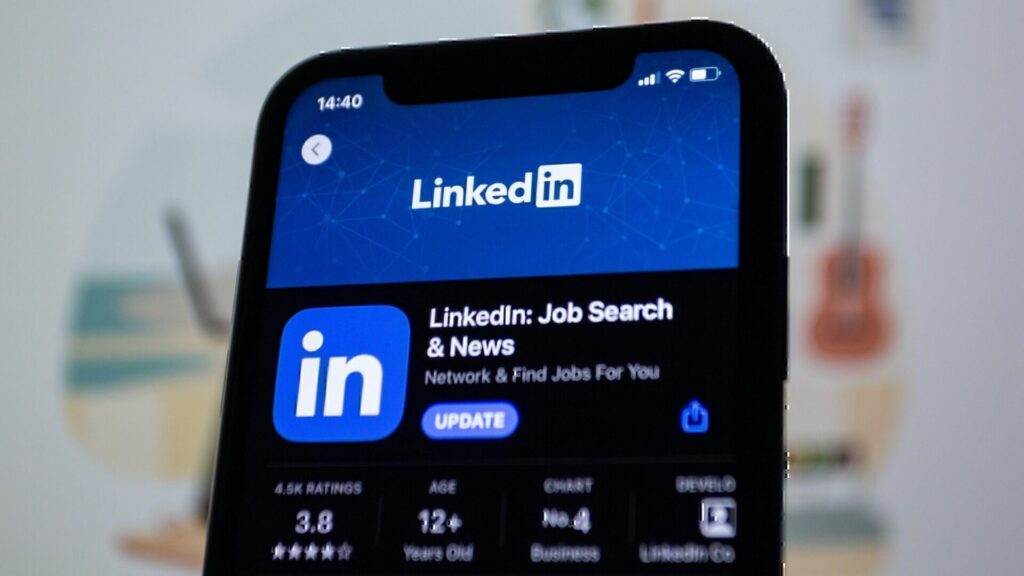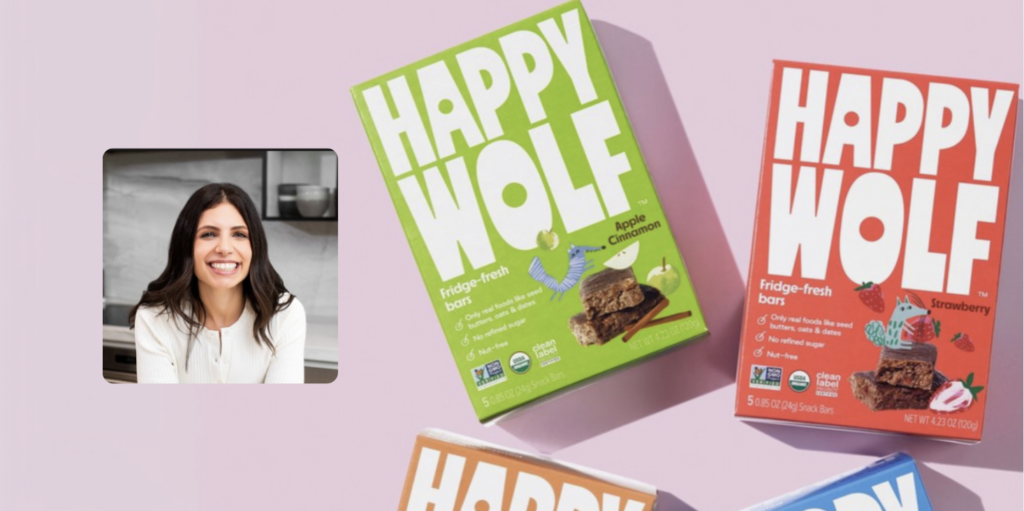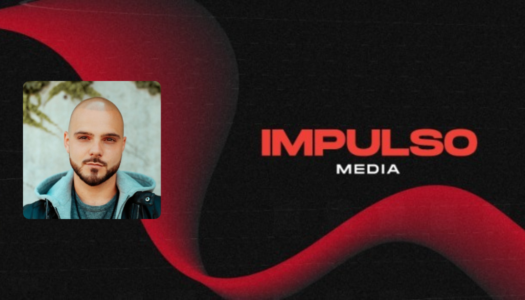
The Web Was Designed for Attention, AI Is Built for Answers For decades, discoverability was driven by behaviour. You wrote a piece of content, optimized it for search, and if it resonated, people clicked. That click was currency; it powered a feedback loop that linked visibility to relevance and relevance to return. Brands invested in ...




